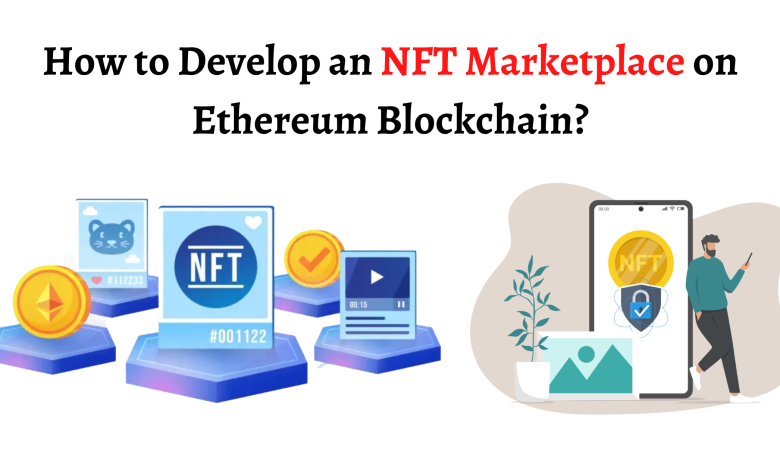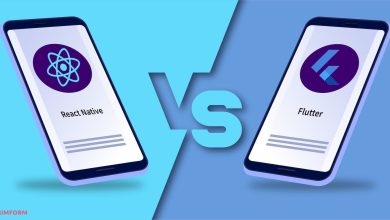How to Develop an NFT Marketplace on Ethereum Blockchain?

The massive costs that some NFTs have been able to get have astonished the world. Everyone is eager to seize this new market opportunity, whether individuals, businesses, or celebrities.
People are spending billions of dollars on buying and selling NFTs. It surges even more as these tokens find more utility in the real world.
The most significant way to this adventure passes via the NFT marketplace development, where users can trade digital assets with any intermediaries.
It streamlines the comfort of acquiring ownership and rights of NFTs and assessing the digital asset’s record thoroughly while trading.
And presently, Ethereum is one of the most effective platforms for NFT marketplace development. This is where the NFT marketplace development company assists investors in making millions out of the thriving digital asset market.
This blog will discuss steps to develop an NFT marketplace on Ethereum Blockchain. So, let’s get started.
Essential Steps For Creating an NFT Marketplace
1. Decide a Domain
The initial step in creating an NFT marketplace is determining your domain. The most prevailing NFT domains are sports, artworks, music, video gaming, and music.
2. Take the help of an NFT Marketplace Development Company
Ethereum is a superior Blockchain technology that delivers consistency, reliable security, and robust performance. However, business owners must take the assistance of a Blockchain development company to validate their NFT marketplace development concept.
3. Create NFT’s Marketplace UI
The NFT marketplace has a shared user interface that assists in communication. The marketplace should include the dashboard, admin panel, a search bar, filters, and categories. All these features are critical to providing users with an outstanding experience because it reduces the search time.
4. Choose the Right Wallet
You will require cross-chain compatibility to buy and utilize the cryptocurrency in the wallet. Furthermore, if you want an Ethereum-based blockchain, you must develop a Metamask for the Ethereum wallet.
5. Develop Front-End
We have mentioned the technology stack required for developing the NFT marketplace. The front-end development is an external portion of the NFT trading platform utilized to interact with the user. It presents an easy interface and robust security.
- IDE: Xcode for iOS and Android Studio
- Architecture: VIPER, MVP, MVC, and MVVM for Android, MVVM for iOS.
- Programming Languages: React.JS, Kotlin Angular.JS, Ember, Java (Android), Swift (iOS)
- SDK: iOS SDK and Android SDK
6. Smart Contracts
The NFT marketplace acts as a decentralized system. Smart contracts assist in handling every data flow. It also aids in auction procedures, developing digital wallets, and streamlining the purchasing and selling procedure with predefined rules. Moreover, a well-known NFT development service provider will help create smart contracts.
7. Testing of Product
Testing the product is necessary for creating an NFT marketplace on the Ethereum-based Blockchain. The product will have to undergo multiple testing trials to determine if it is functioning accurately before launching.
8. Set up Payment Gateways
Payment gateways are helpful for users to buy, sell and transfer NFTs efficiently.
9. Launch and Maintain
Your blockchain development service provider will most likely upload the marketplace to a cloud server. And then, they will launch and maintain the platform. They will make sure that the built NFT marketplace tracks the market trends and meets users’ needs.
Wrapping Up
There is an excellent opportunity for startups to be market leaders in making an NFT marketplace on Ethereum Blockchain. NFT marketplaces deliver a feature-rich platform for digital artists to purchase and sell digital collectibles. You can consider building your own NFT marketplace by seeking the help of an Ethereum app development services provider for scalability.




